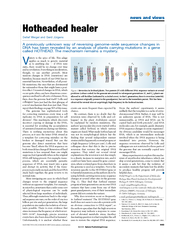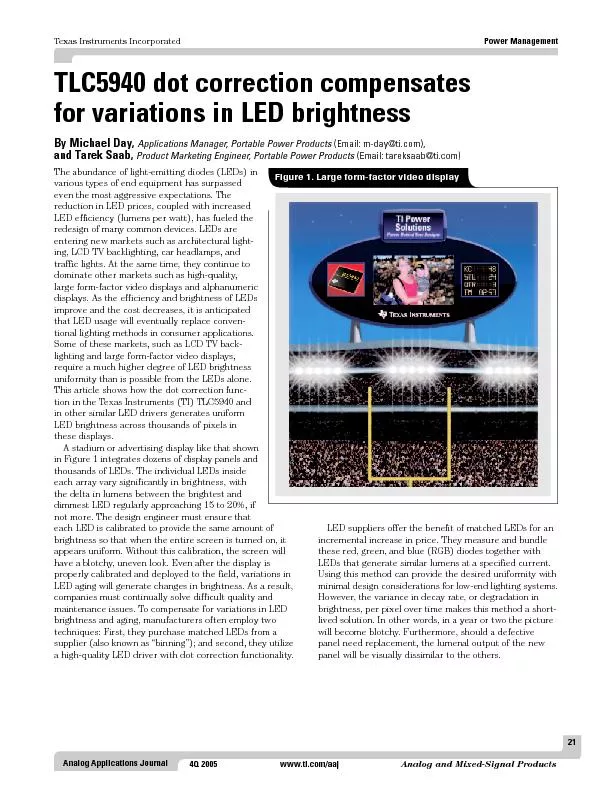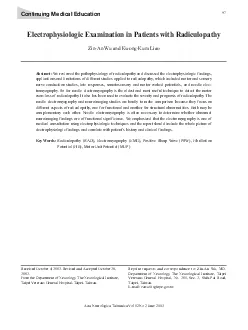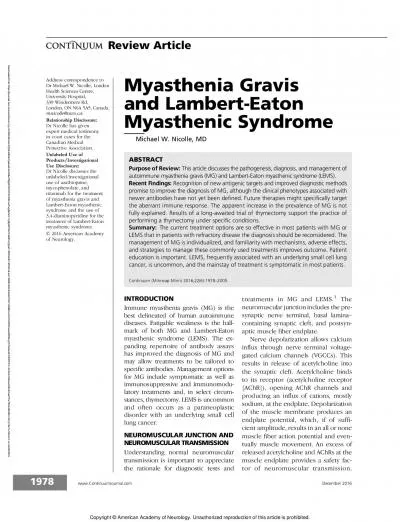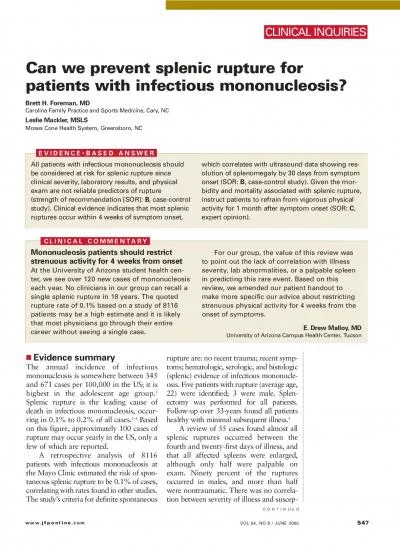PDF-VOL 54 NO 6 JUNE 2005www
Author : lily | Published Date : 2022-10-27
What is the best way to identifypatients with whitecoat hypertension BASEDANSWER monitoring for ruling out whitecoat hypertensiondemonstrating reduced morbidity
Presentation Embed Code
Download Presentation
Download Presentation The PPT/PDF document "VOL 54 NO 6 JUNE 2005www" is the property of its rightful owner. Permission is granted to download and print the materials on this website for personal, non-commercial use only, and to display it on your personal computer provided you do not modify the materials and that you retain all copyright notices contained in the materials. By downloading content from our website, you accept the terms of this agreement.
VOL 54 NO 6 JUNE 2005www: Transcript
Download Rules Of Document
"VOL 54 NO 6 JUNE 2005www"The content belongs to its owner. You may download and print it for personal use, without modification, and keep all copyright notices. By downloading, you agree to these terms.
Related Documents


